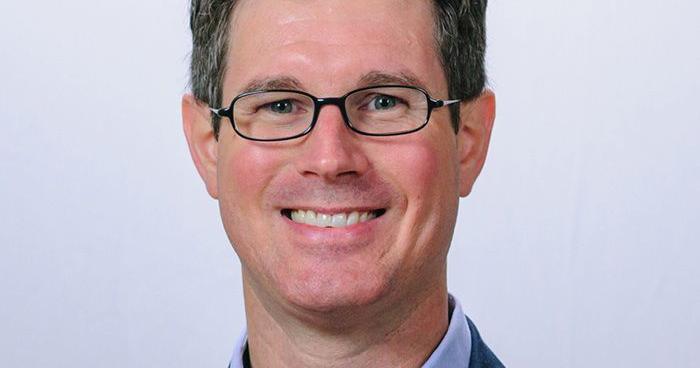February is American Heart Month, which focuses on encouraging us all to make heart-healthy choices to reduce our risk of cardiovascular disease. I thought sharing information about the heart, how it works, and how to keep it healthy would be a fitting way to celebrate.
Your heart begins beating months before you are born and continues to beat every second until it stops at the end of your life. During your lifetime, your heart will probably beat more than 2 billion times, or about 100,000 times a day.
The heart's main function is to pump blood to all tissues through the arteries and back again through the veins. The heart has four chambers: the left and right atria, which receive blood from the veins, and the left and right ventricles, which pump blood into the arteries. The right ventricle pumps blood to the lungs to pick up oxygen, and the left ventricle pumps oxygenated blood to the rest of the body.
Heart activity changes throughout the day. Your resting heart rate is low, usually around 70 beats per minute. Some athletes have a much lower resting heart rate because their hearts are larger and stronger.
However, when you are active, your heart beats faster and more forcefully to pump more blood to the working muscles. During strenuous exercise, a young man's heart rate can exceed 200 beats per minute, and the amount of blood pumped can be five times greater than at rest.
The heart is made up mostly of muscle and functions similarly to the skeletal muscles we use to move our bodies. However, the heart muscle is different in that it can contract spontaneously when stimulated by a special area of the heart called the SA node or pacemaker. Also, unlike skeletal muscles, the heart is very resistant to fatigue, allowing it to contract repeatedly without the need for rest.
In order for the heart to beat continuously, it requires a steady supply of oxygen through the coronary arteries, rather than from blood within the heart chambers. Normally enough oxygen-rich blood passes through them. However, atherosclerosis, a buildup of plaque within blood vessels that narrows the coronary arteries, can limit blood supply.
This can cause reversible symptoms such as angina (chest pain), especially during exercise. If a blood clot forms in a narrowed blood vessel, it can completely block blood flow and cause a myocardial infarction (heart attack). Although heart disease can be managed with medications, angioplasty, and bypass surgery, the best approach is to prevent problems from occurring in the first place.
Taking care of your heart is one of the most important things you can do for your health. Like any other muscle, regular exercise can help your heart grow in size, allowing it to pump blood more effectively. Exercise can also lower blood pressure and lower blood cholesterol, further reducing your risk of heart disease.
A diet low in unhealthy fats, such as salt and trans fats, lowers blood pressure and cholesterol, slows the progression of atherosclerosis, and prevents heart failure, a condition in which the heart muscle weakens. Maintaining a healthy weight and controlling blood sugar levels are also key to a healthy heart.
But above all, your mind likes to be active. Celebrate American Heart Month by taking a daily heart walk!


